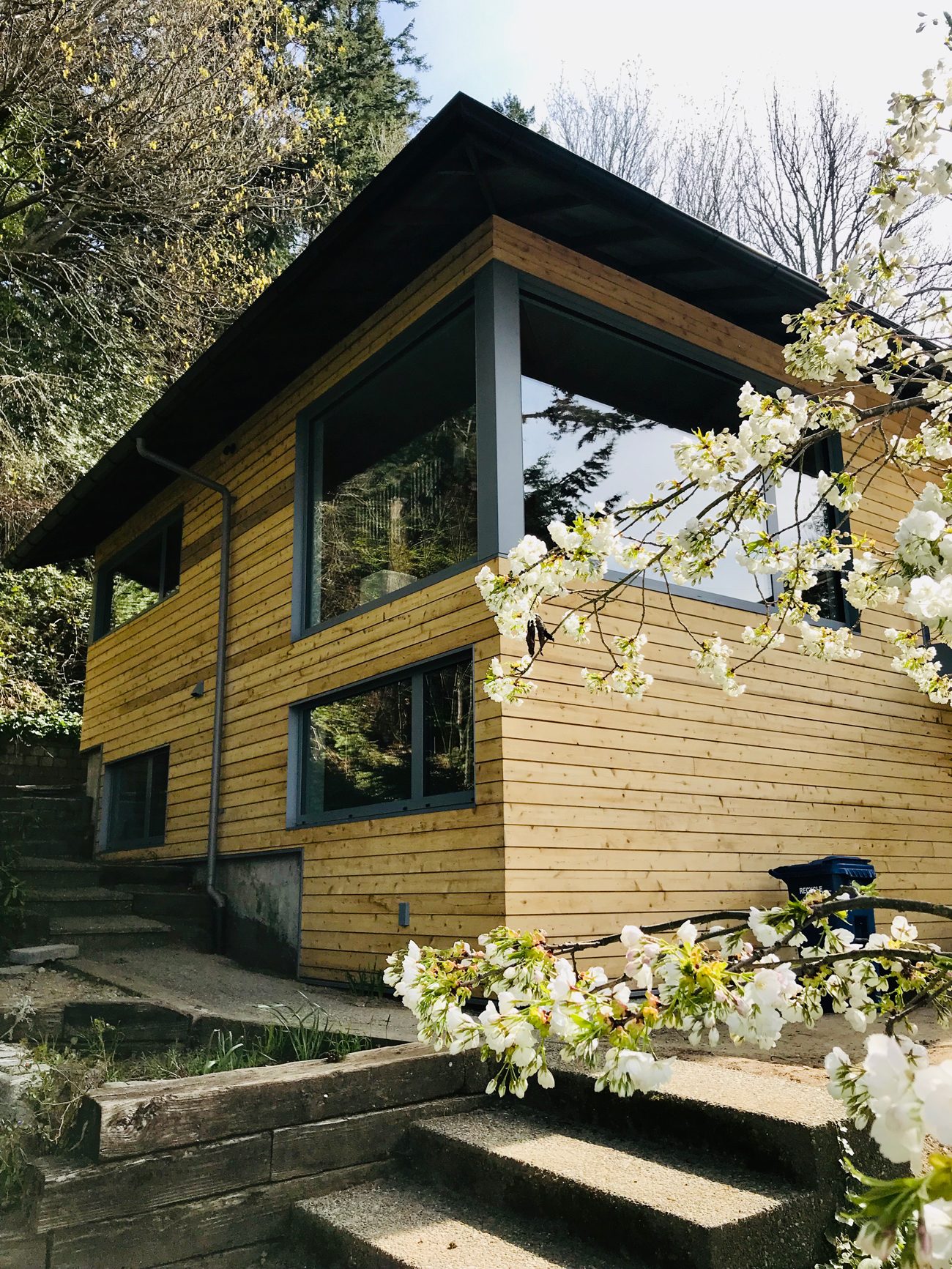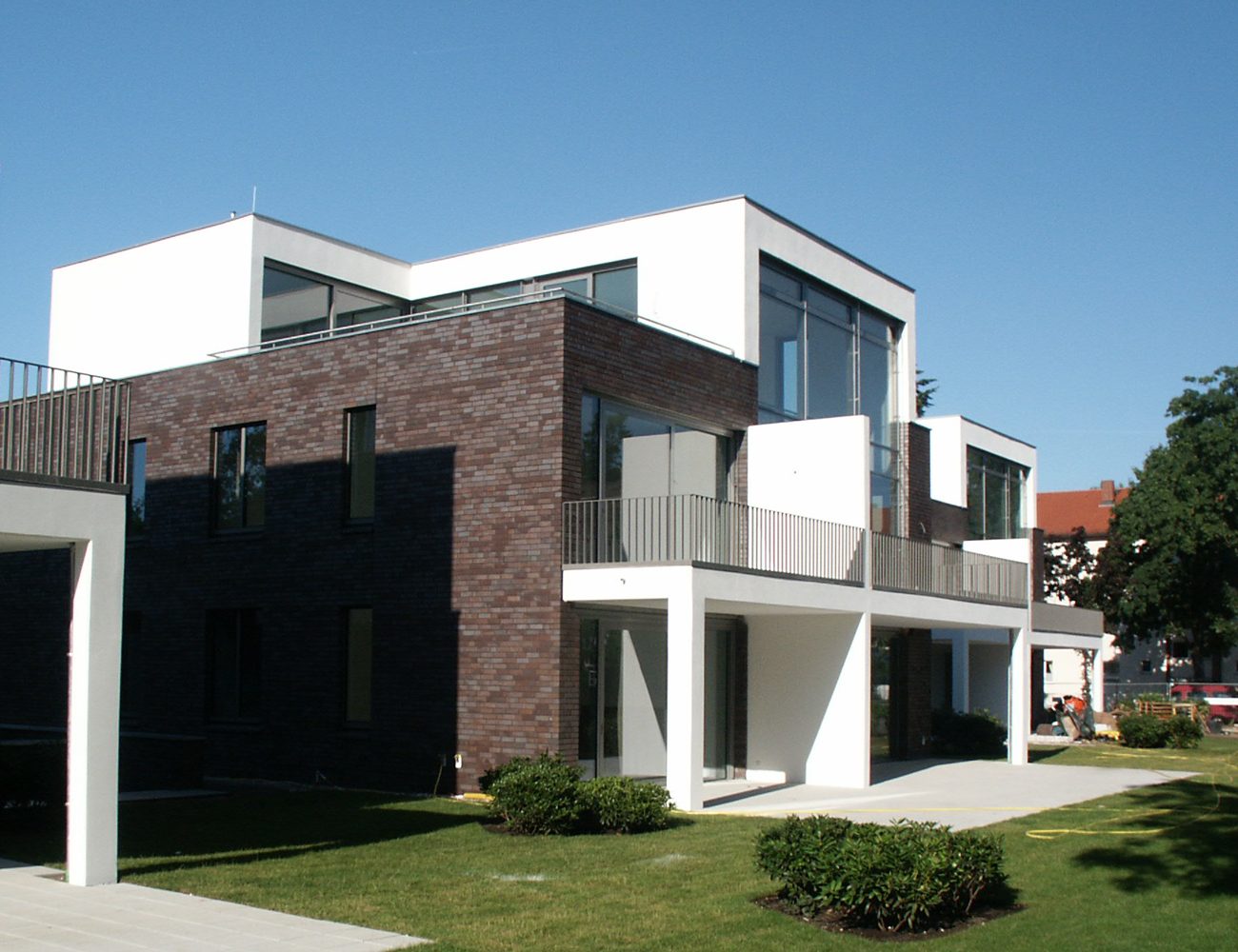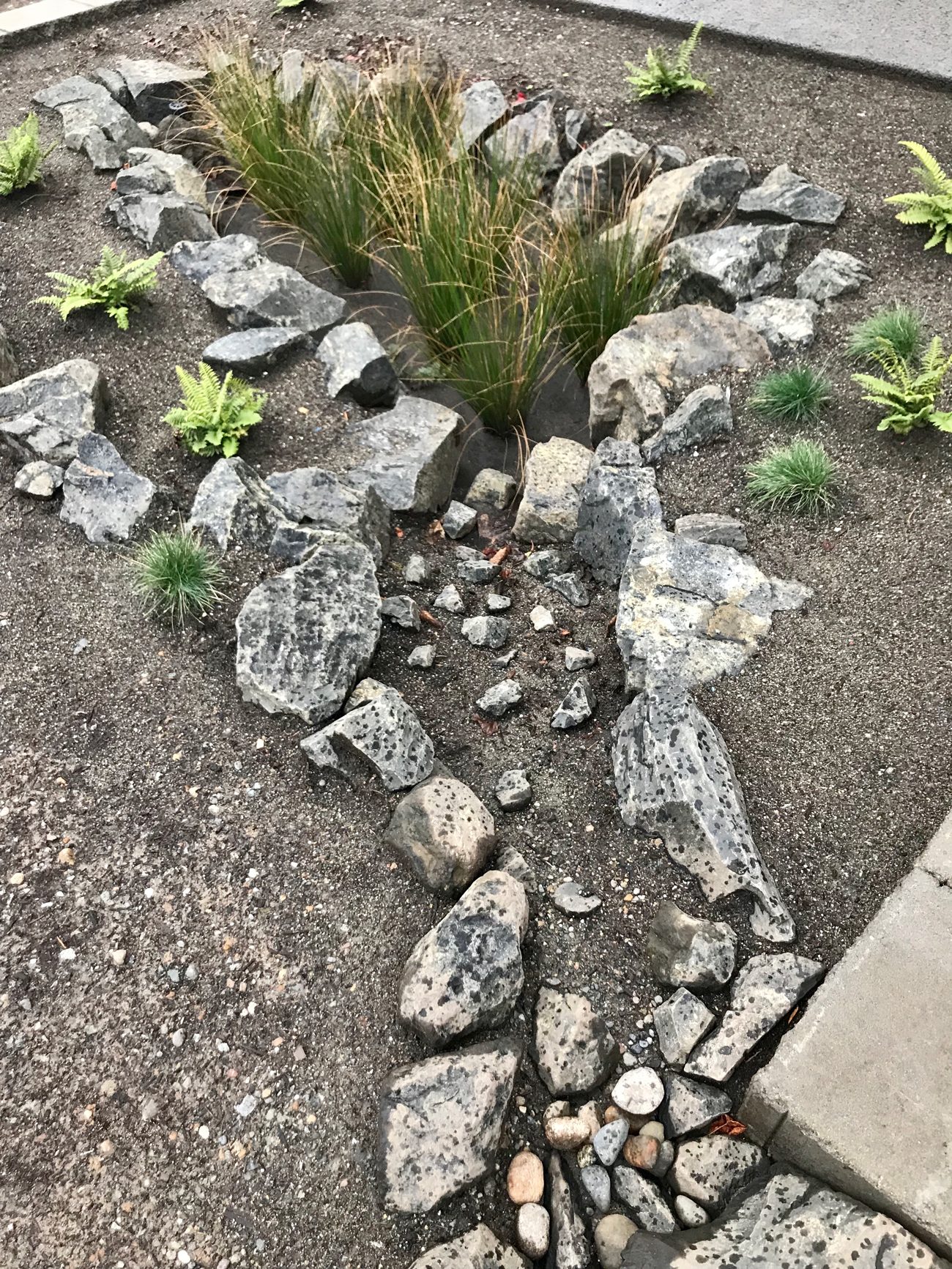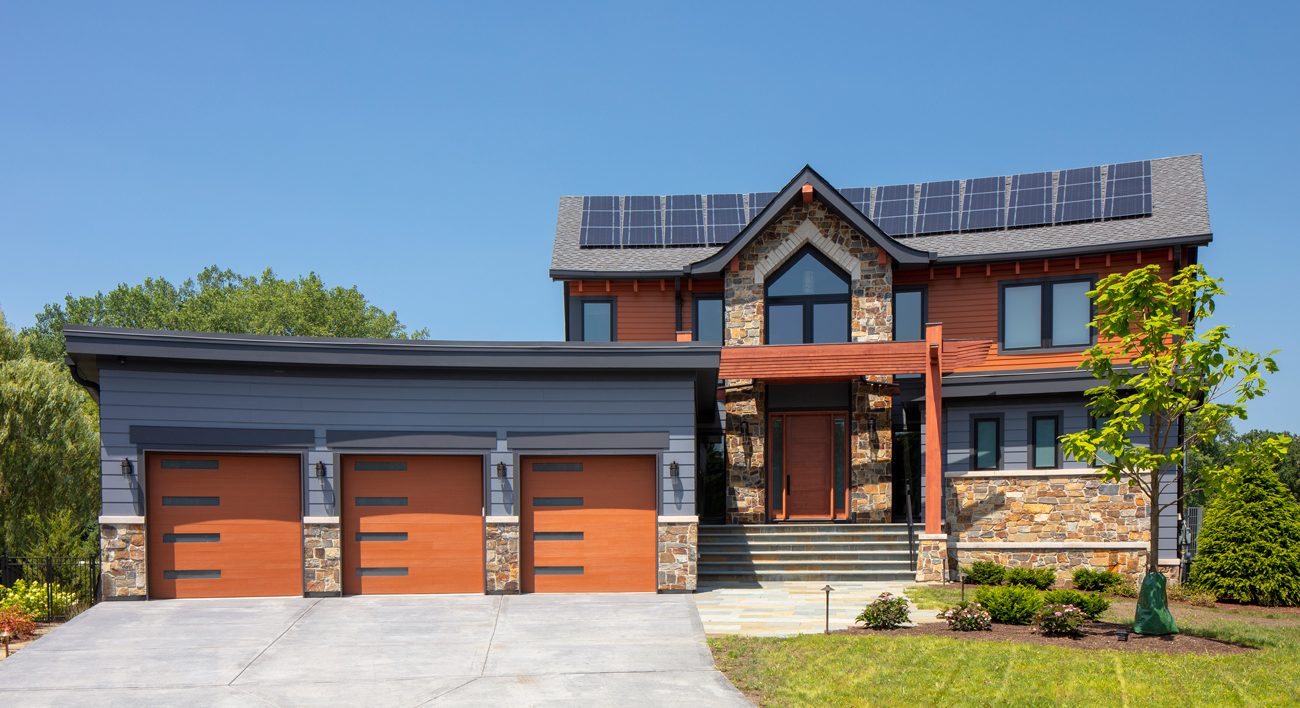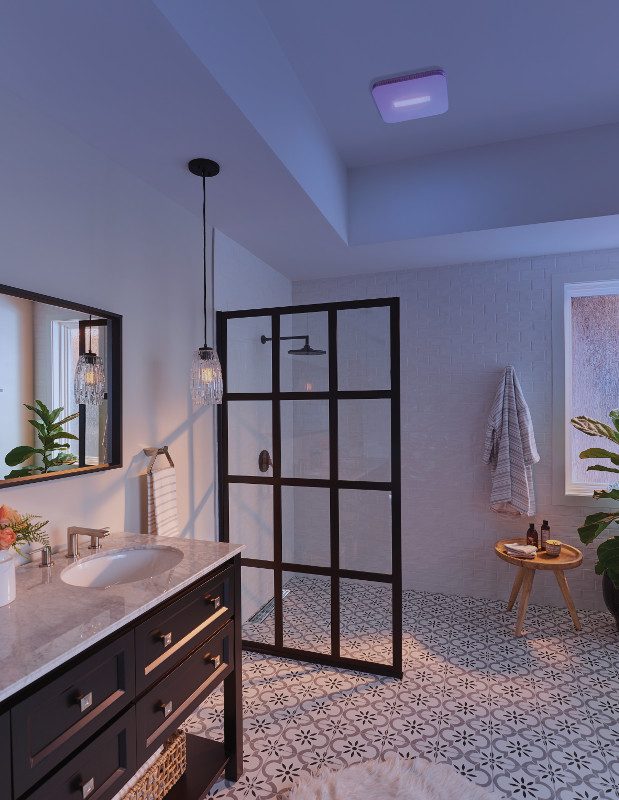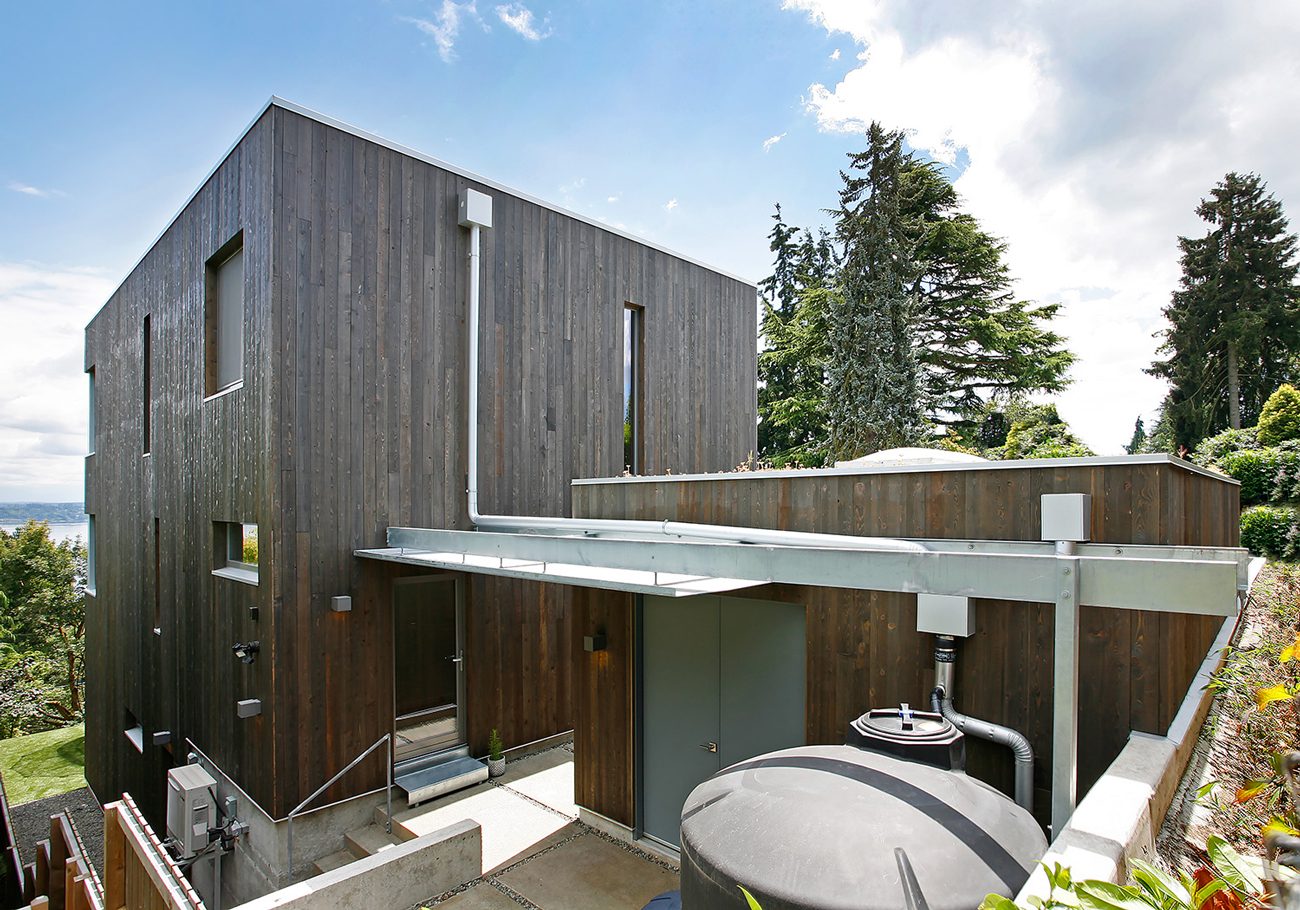Baby boomers may no longer be the largest demographic group but with 73 million of them, they are the second-largest group of consumers. A big reason why the real estate industry should still be taking heed of baby boomers is that their needs are changing as they transition into retirement.

A Time for Downsizing
Finding the perfect time to downsize isn’t simple. If you’ve recently retired, your new lifestyle takes some time for adjustment. Fortunately, you now have time to make these adjustments exactly the way you want to.
Prioritizing how you will spend your time (leisure, grandkids, travel, etc.) is an important part of making the decision to downsize. However, downsizing is a real estate transaction. Making the best real estate decision can include getting into the market at the right point in time. This includes considering the strength of the market and interest rates. The strength of the market goes through cycles involving lows, growth, highs, and plateaus. This latest cycle has been particularly long. The lows were way back around 2008 to 2011 and growth was vigorous from about 2012 through mid-2018.
Today is a good time to get into the market. The market has more or less plateaued near the highs. Home values are still increasing in value but at a slower pace. Very importantly, interest rates remain near historic lows. It’s mostly a balanced market treating both buyers and sellers fairly.
This is a very good market for people wanting to sell a house to buy another. For people who are downsizing, this is possibly an opportunity to come away from the transaction with a significant amount of cash in your pocket (depending on your personal circumstances). But for baby boomers, your downsizing decision must support your lifestyle goals…
First Consider Your Lifestyle Goals Before Downsizing
You have many options when it comes to downsizing… some you might not have considered. It could be a smaller one-level home, or a 55 and older planned community. Tiny houses are a relatively new option that is possibly preferable to apartment living. Your retirement home doesn’t even have to have a foundation. It could be a houseboat or an RV.
A first consideration is your lifestyle goals…
Leisure lifestyle. There are many senior living communities emphasizing tons of leisure activities. Shared amenities can include tennis courts, walking trails, a golf course, swimming pool, lake access, clubhouse (with scheduled activities), fitness center, and much more. Homes designed with seniors in mind often include a sunroom, chef’s kitchen, RV parking, each bedroom with a separate bath (great for guests), and much more.
Grandchildren. Frequently visiting with grandchildren keeps you active while also staying young at heart. In the right home, you can play games with grandchildren and bring them into your kitchen to teach them family recipes. Something to think about is how a new home will affect your kids and grandkids. Will you have room for everyone to visit? You may want a place with a playground. Almost every senior community welcomes grandchildren to visit although you’ll want to understand any rules before making a commitment.
Travel. Getting out on the road poses its own set of decisions. It could mean a need for RV parking at your home base or it could be making your home-sweet-home near the airport. Another consideration might be that your home is rental-friendly to earn you some extra money while you’re on the road.
What is important to you should be your top concern when choosing where to live.
Tips to Simplify Downsizing
Downsizing can be a big chore after a lifetime of accumulating memorabilia and artifacts. Fortunately, in retirement you have the time to do this methodically over a couple of weeks or months. Begin by separating out the easier to part with items. You probably already have a list in your head of items in the garage and kitchen that you’re willing to let go of. You likely also have at least a partial list of items you want your children, grandchildren, and others to have. These are good lists to start pulling things together.
Move on to rooms with less emotional attachment and rooms that you won’t have in your new home. Most people aren’t too emotionally attached to the laundry room and you may soon have to do without a 4th or 3rd bedroom and basement. A good rule of thumb is only separating things into “keep” or “let go” piles. A “maybe” pile will drag out the process by making you think it through more than once. The exception for having a third pile could be a pile of what you will sell or donate.
But take the time to give each item a moment of your attention. You’ll quickly find you develop a logic to making the decision. Go through each room one at a time. You may find you have a different decision process for each room. You’ll also avoid regrets by giving everything at least a moment of thought.
Items that are easier to get rid of include duplicates and things you haven’t used in a few years or rarely use. That oversized roasting pan that you only use at Christmas might go to a grandchild who can bring it over once a year.
People have collections they find difficult to let go of. Photo albums can be digitized. You can select a few favorite Hummel figurines to keep and sell the rest for a nice roll of dollars. Family members might be interested in at least part of your collection or maybe you can divide it among several relatives.
Be sure your family knows that a big part of your downsizing means letting go of your treasures. Ask them to tell you what they want. Giving away some difficult to part with treasures can still bring you happiness. Giving your son the grandfather clock means you can see him enjoy it now and you can still enjoy it when you visit. You may also learn you have things you didn’t think anyone would want but your granddaughter actually does want your old sewing basket. Pick a weekend to invite the family over for a day to show them what you are letting go and tell a few stories behind your fondest possessions.
One reason to start downsizing early is to give yourself time to reminisce. There’s a reason you’ve saved this stuff all of these years, even if you haven’t looked at it for a long time. Now you have the time and reason to enjoy it again.


